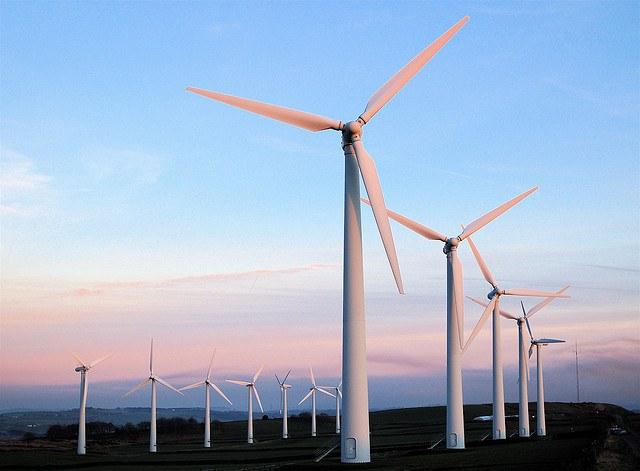
Former Philip Morris cigarette plant in Concord, North Carolina will produce batteries to store energy for wind and solar farms, Fortune reports. The Swiss owned startup Alevo, which manufactures batteries, bought the 3.5 million square foot plant. The batteries are lithium-iron-phosphate and can be charged within 30 minutes, run 24/7 and last for 40,000 charges.
The North Carolina plant used to manufacture a billion cigarettes annually. However, smoking is not as popular and many Americans are either smoking less or quitting altogether. Years ago, Philip Morris stopped producing cigarettes at the plant. Now, it will produce batteries and create jobs while doing so. Alevo says it will hire 500 people in the next year, and within three years it will create 2,500 jobs. When the plant produced cigarettes, over 2,000 people were employed there.
The Guardian reports that Alevo bought the factory for $68.5 million, and the company has spent 10 years developing the batteries which store two megawatts (MW). Power plants can install them on-site. Jostein Eikeland, Alevo’s CEO, said that the company has an agreement with the Turkish state power authority and is in discussion with U.S. power companies. “It’s a gamechanger he said. “If we can take some of the massive energy that is wasted today by mismanagement of the grid and inject it where it is needed everybody wins.”
There are inefficiencies in today’s power grid. Battery storage can help. As Eikeland said, “Our batteries paired with the powerful analytical software we’ve developed have the potential to eliminate as much as half of the those loses in the grid.”
Renewable energy is expected to continue to grow. Within the next 10 years, over 1,300 gigawatts (GW) of wind and solar energy is expected to come online, according to a Navigant Research report. That will create an “unprecedented amount of instability on the grid,” the report states. That’s where battery storage comes in. Navigant Research predicts that the installed capacity of energy storage systems for solar and wind power integration will total 21.8 GW from 2013 to 2023. Batteries for utility energy storage is expected to grow from $164 million in 2014 to over $2.5 billion in 2023.
Image credit: Charles Cook

Gina-Marie is a freelance writer and journalist armed with a degree in journalism, and a passion for social justice, including the environment and sustainability. She writes for various websites, and has made the 75+ Environmentalists to Follow list by Mashable.com.














